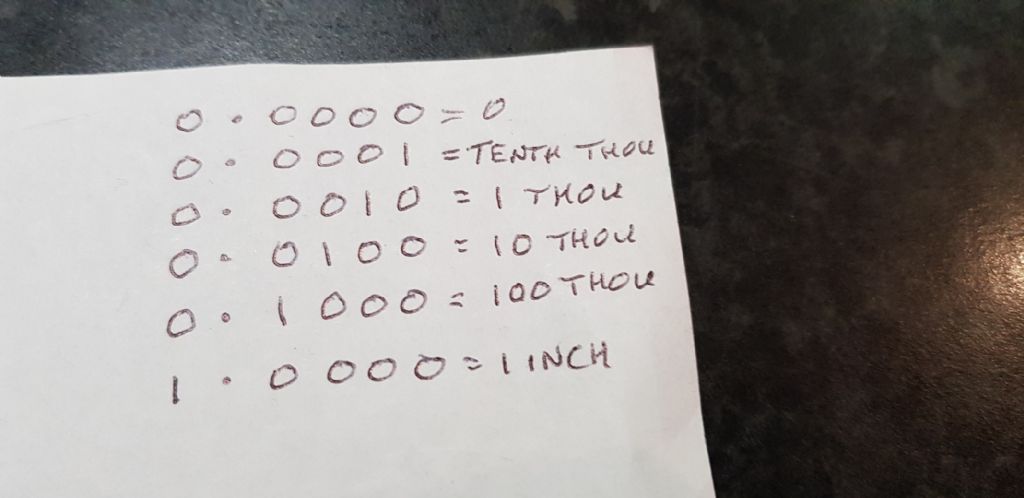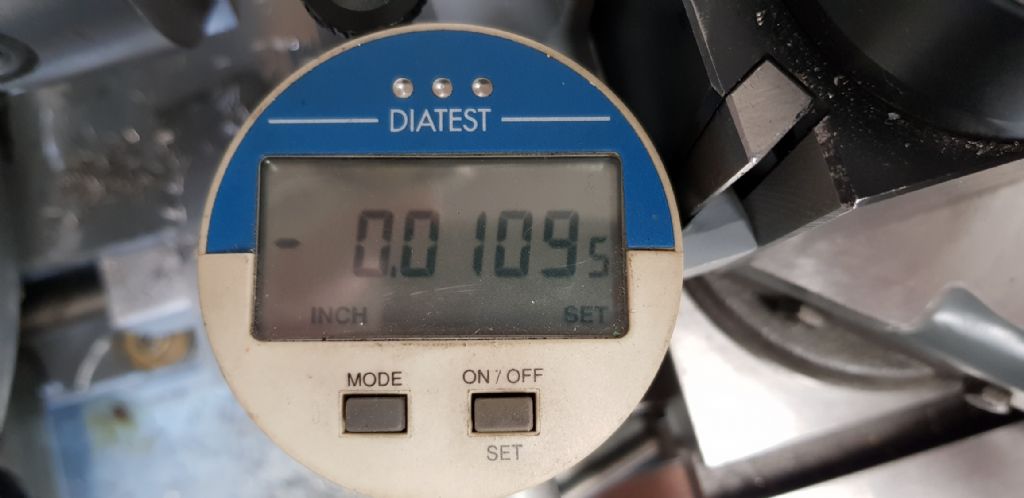Posted by Mick B1 on 22/10/2020 09:12:51:
The Imperial system for some time seemed to exist in 2 parallel versions – fractions and decimal. The fractional version was always clumsy and inconvenient to use..
Imperial Measure evolved from a bunch of different systems, all of which I think, depended on fractions. A fluid ounce is ¹⁄₂₀ of a pint, and a pint is ⅛ gallon. A foot is ⅓ of a yard and an inch is ¹⁄₁₂ of a foot. An ounce is ¹⁄₁₆ of a pound, a pound is ¹⁄₁₄ of a stone, and a stone is ¹⁄₂₀ of a ton. There are hundreds of other ratios in the system, and it's not international – USA 'English' measure isn't identical to UK 'Imperial'.
Being well suited to ordinary domestic circumstances Imperial measure is seductive. How far is it to the pub? Bout half a mile, mate. Quarter of hour's walk. Mine's a pint; I'll buy a pie and take half home for the wife. ¹⁄₁₆" is fine for carpentry, and ¼" is fine for tailoring. Superficially all is well.
It's not! Imperial units and fractions seem friendly but become horribly clumsy as soon as advanced sums are attempted. For example, Work is a more difficult concept – it's mass times distance. First issue is Imperial doesn't understand the difference between mass and weight because everything is assumed to be planet Earth, a double edged simplification. Second problem is Work is expressed in two disconnected measures; there's no logical connection between imperial length and imperial weight. Instead there's a huge range of options: work can be measured in Mile-Ounces, Yard-Drams, Inch-Hundredweight and many others.
Look into the detail and Imperial is a mess. Imperial is internally inconsistent, which means calculations are full of unnecessary, confusing and error prone conversions. How many feet per second is 12mph? For advanced use, the Imperial system is a hindrance.
Imperial engineers settled on Foot Tons, Foot Pounds, and Inch Ounces as units of Work, still complicated. After looking at the size of the Imperial muddle, scientists dumped the whole system, eventually developing with the International System of Measure (SI). The SI measure of work is the Joule, which is related to the kilogram, metre and second by factors of one. By design SI minimises conversions.
Although fractions are useful for simple domestic mathematics they are often clumsy and obscure in engineering and science. Mostly much easier to calculate in decimal because the majority of ratios cannot be accurately represented as fractions. Decimals are more general purpose than fractions and can be extended to achieve any required level of accuracy simply by calculating more digits.
Imperial as we know it is a considerable improvement on the original system, but don't be fooled. Metalworkers have long since abandoned ¹⁄₆₄" and ¹⁄₁₂₈" in favour of thou, so we think 'thou' is part of Imperial; not really, Imperial is still full of warts. Despite enormous tidying since Victorian times, Imperial remains far more complicated than SI.
Metric simplifications:
- Units based on accurately repeatable standards rather than traditional approximations (3 barleycorns to the inch forsooth!)
- Units chosen, as far as possible, to be related rationally. ( 1W is 1J/s, or 1 kg⋅m2⋅s−3 ) etc. )
- Decimal throughout. Fractions not normally used.
- Units scale only in powers of 10, and scale is indicated by standard prefixes. kilometre, kilogram etc.
Of course completely replacing a system of weights and measures is difficult. A 55 year old who's spent his life working in thou is unlikely to see any advantage in metres, joules, and litres! Unfortunately failing to keep up with technology change is a deadly mistake. I suggest British Industry's reluctance to adopt metrication did a lot of damage in the last century, with too many firms and employees clinging desperately to what worked two generations earlier. Their legacy is the worst of both worlds – British engineers today need to understand two systems! A sorry state of affairs if it's due to old dogs refusing to learn new tricks.
Dave
Mick B1.








